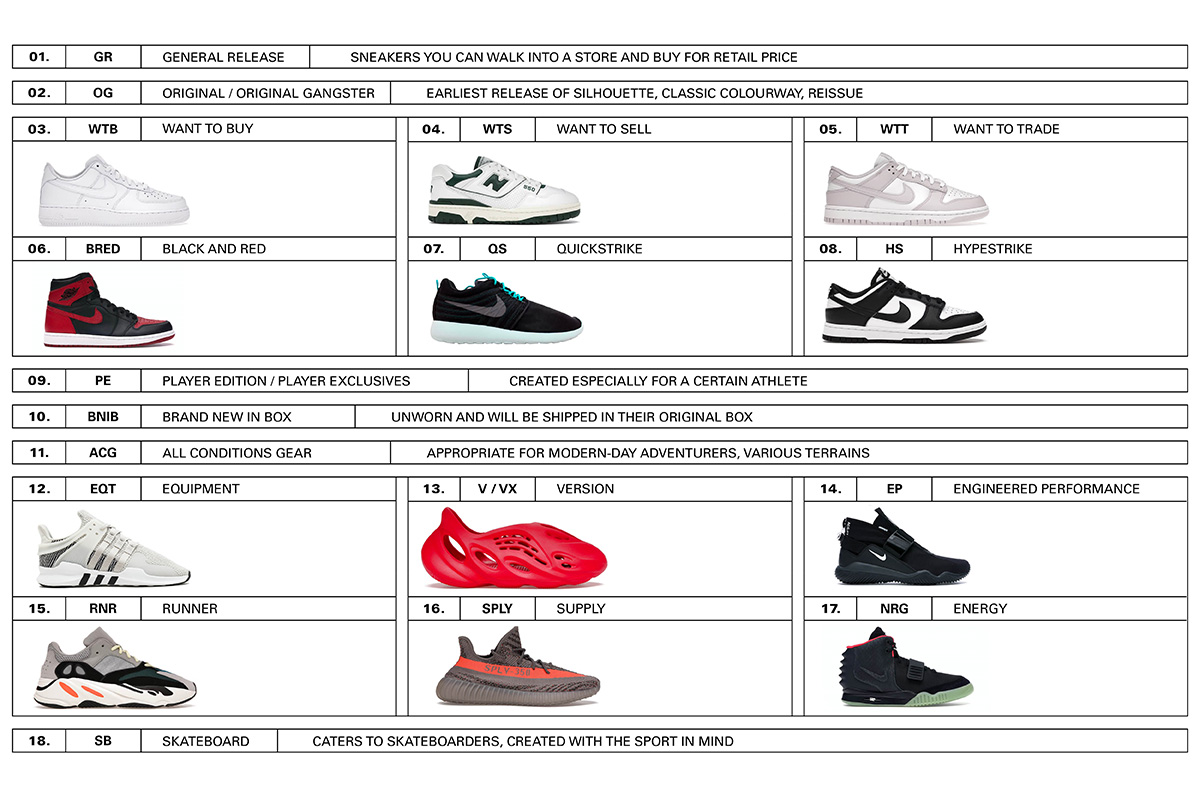Booting
Booting is the process or the act of starting a computer system, which requires two dimentional format of operations, thus cold booting and warm booting.
Many PCs or personal computers takes time during the start up or booting process. Thic could be due to many factors. The follwing procedures helps fix the issues and there you go.
Running a startup Programs
To run a start programs or applications, follow the below steps:
1. Hold down the Win key + R, where R means Run.
2. Type in the run dialogue box msconfig
3. Press the enter key or click on the OK button
4. Move to the Services tab and click.
5. Uncheck “Hide all Microsoft services”.
Then uncheck the ones that start automatically and do not have the “(disabled)” tag next to them. This will prevent the slow booting problem.
6. Select and click on the Startup tab.
7. Click to check the box next to “Open Task Manager”. Click “Disable All”.
Ensure to check each item if applicable to see if it is a program you recognize. If it is not, it could be the cause of the slow booting. You can choose to disable it by checking the box next to it.
Updating System Drivers
To update the system drivers, follow the given steps below:
1. Right click on my computer icon on the deskstop
2. Open the Device Manager from the pop or shortcut menu given
3. Make sure you expand each category and look for any devices with a yellow triangle.
NOTE: These devices need a driver update.
To update a driver,
- Right-click on the device
- Make sure you select “Update driver“
Click on “Search automatically for updated driver software“.
Adjusting Performance Settings
To adjust the performance settings, follow the below steps:
1. Hold down the Win + X
2. Slect and click on system or Press the letter Y
3. Under “Performance Options“, select “Adjust for best performance“.
However, this will disable visual effects and disable animations.
Performing Disk Cleanup
Follow the below steps to perform the aforementioned procedural commands:
1. Press Win + S to open the search bar.
2. Ensure to type “Disk Cleanup” and select the program from the search results.
3. Check the boxes next to the items you want to delete, such as system files, temporary files, and previous Windows installations.
Update Your BIOS
In computing, it is noted that, updating your BIOS may help resolve issues related to your PC startup. Consult your motherboard’s manual for instructions on how to update the BIOS.
Perform a System Restore
In case or if your PC has recently experienced a significant update or hardware change, a system restore might resolve the issue.
1. Hold doen the Windows key as you press the letter S (Win + S)
2. Type or click on “System Protection” in the search bar.
3. Click on “System Protection” in the search results.
4. Choose the restore point you want to revert to and follow the prompts.
In fact and if none of these steps resolve the issue, there may be a more complex problem, such as a corrupted operating system file or a hardware issue. In this case, it is recommended to consult a professional technician or the PC manufacturer’s support team.
About Author
Discover more from SURFCLOUD TECHNOLOGY
Subscribe to get the latest posts sent to your email.




